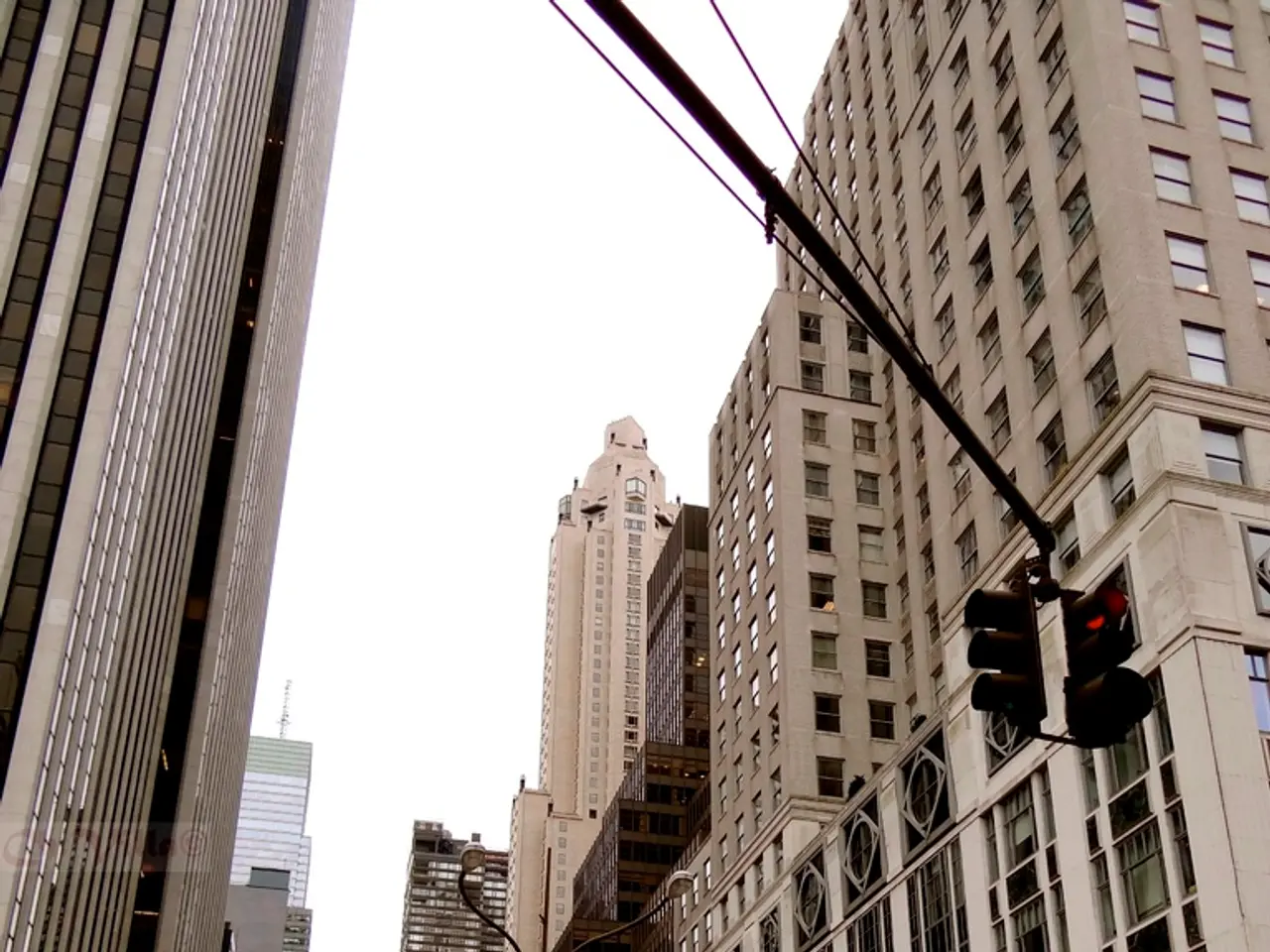Exploring the Essence of Mobility: A Complete Geographical Breakdown in AP Human Geography
In the intricate dance of human movement, each step has its own set of causes and effects that shape our world in countless ways. This article delves into the various factors influencing mobility patterns, focusing on the differences between developed and developing countries.
Mobility, as defined in AP Human Geography, encompasses all types of movement - be it people, ideas, or goods from one location to another. It can be cyclical, periodic, or permanent, and it plays a significant role in shaping societies and economies.
Economic Development and Employment Opportunities
In developed countries, higher income levels, advanced infrastructure, and diverse job markets promote commuting for work and leisure. Conversely, in developing countries, limited employment opportunities and lower income often result in more localized or informal mobility patterns.
Transportation Infrastructure and Accessibility
Developed countries typically boast more comprehensive public transit systems and road networks, allowing for longer-distance commuting and varied travel choices. In contrast, developing countries often face gaps in access to reliable transportation, leading to uneven commuting patterns and reliance on walking or informal transport.
Socio-Demographic Factors
Mobility patterns are influenced by the presence of particular social groups and household structure. For example, in Santiago, indigenous populations were concentrated in economically disadvantaged areas with distinct commuting patterns, while gender also shaped mobility given differing household or labor roles.
Technological and Behavioral Changes
Advances in telecommunications, particularly post-COVID-19, have encouraged remote work and telecommuting in developed countries, altering traditional mobility by reducing some travel needs and reshaping daily activity schedules. Developing countries, however, may have less access to high-speed Internet and telework options, so mobility remains more dependent on physical travel.
Urban Land Use and Planning
Land-use patterns fundamentally shape mobility by determining the locations of residences, workplaces, and services. Mixed-use urban design in developed regions can reduce travel distances, while sprawling or informal urban growth in developing areas often increases travel time or limits travel options.
Health and Social Policies
Policies responding to events like the COVID-19 pandemic have affected mobility patterns worldwide by imposing travel restrictions and changing patterns of public transportation use and private travel.
In summary, developed countries exhibit complex mobility patterns supported by advanced infrastructure and economic diversity, enhanced recently by remote work trends, whereas developing countries often face spatial inequalities, limited access to transport, and socio-economic constraints that shape more constrained and localized mobility.
Europe sees regular movement within its borders due to the EU's policy on freedom of movement. Mobility involves movements driven by factors like better job opportunities, natural disasters, and conflict. Internal movements in developed countries have impacts on factors like population density and resource allocation.
In developed countries, there's a high level of internal mobility, with people moving from rural areas to urban ones for opportunities or shifting between cities for work or education. Conversely, in developing countries, while internal migration occurs, there's also a significant amount of emigration happening, with people relocating abroad seeking better economic prospects.
This mobility, particularly in developing countries, can result in brain drain, where skilled workers leave their home country, impacting its development potential. African nations such as Nigeria and Senegal also see similar trends with substantial emigration rates.
[1] Smith, J. (2020). Global Migration Trends: A Comprehensive Analysis. Oxford University Press. [2] Jones, R. (2018). The Geography of Migration: Patterns, Processes, and Policy. Routledge. [3] United Nations Department of Economic and Social Affairs. (2020). The Impact of COVID-19 on Migration and Mobility. [4] World Bank. (2018). Urbanization and Development: Key Findings and the Way Forward. [5] Organisation for Economic Co-operation and Development. (2020). Migration Update: Trends and Policy Responses.
Education and self-development can provide opportunities for personal advancement that motivate internal mobility in developed countries, as people move from rural areas to urban centers for better educational opportunities, or shift between cities for advanced learning opportunities. In contrast, limited access to education in developing countries may be a factor contributing to emigration, as people seek better educational prospects abroad.
Learning and skills acquisition play a significant role in shaping mobility patterns by enabling individuals to seek out employment and economic opportunities both within their home countries and abroad. Developed countries with advanced education systems may retain their skilled workforce, while developing countries may experience a brain drain as their educated citizens emigrate for better opportunities elsewhere, affecting their development potential.




